Delving into Japan With Eilidh: Sake Explained Part 1
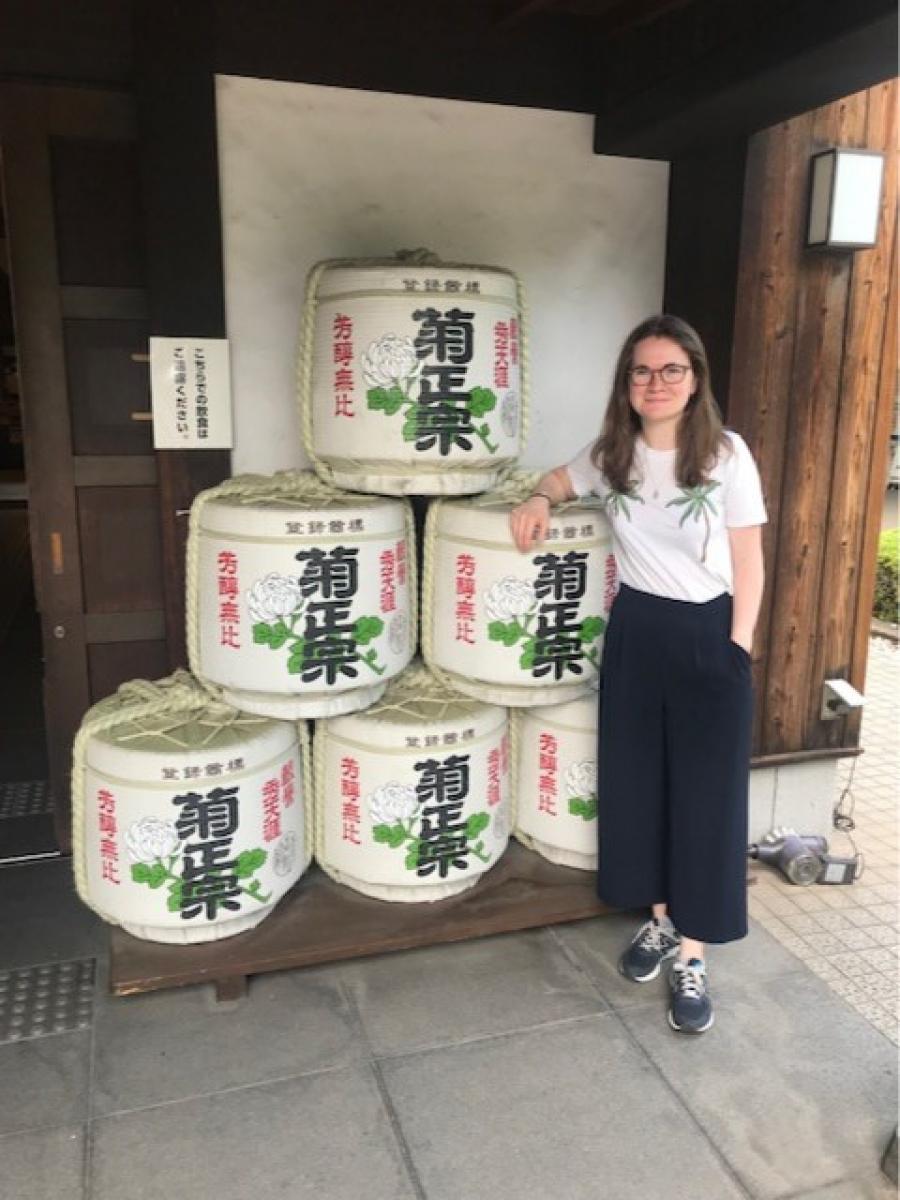
Sake
Most articles on sake start with what sake is, and I will get to that, but what I want to offer up first is a context as to why Sake has come to the fore of the Weavers’ brain and more specifically, my brain. Back in July I flew out of Nottingham’s on/off summer weather and into the humidity of Japan. It was during this trip that I delved into the world of sake: how it is made, consumed and understood. I must say that since my return, I look and think about our own sake range through a new lens. It is this I wish to share with you.
Part 1: Production
Sake in its simplest form is a fermented drink made from rice and contains about 15% alcohol. The production process is a complex one but starts with the growing of rice. This rice has a shorter grain than the eating type as it has a higher concentration of starch, important in the sake process. Once harvested the rice is taken to a brewery or “Kura” as it is known in Japanese.
The first stage is rice milling. Before entering the production process, it must be rid of its brown cuticle. Vertical grinders are used to brush off the outer layers and keep only the core of each grain. This process is known as “polishing” and the more polished the grain, the higher grade of sake you will have. The highest class of sake can lose up to 75% of its weight. Polishing is important as it concentrates the starch that is more present in the core of the grain of rice.
Following this, the rice is washed, moistened and then placed in the “koshiki”, a traditional Japanese cooking pot. Once cooked, it is transferred to a temperature and humidity controlled room. Each grain of rice is then separated in order for maximum exposure to ferments. This prepares the rice for the most important step, Koji.
Koji is a classified fungus which is spread onto the rice and allowed to grow for three days. This fungus releases amylases, enzymes capable of transforming starch into simple sugars. This is a hugely important step as it is the simple sugar that can then be fermented into alcohol by the action of yeast.
After three days, the Toji (master brewer) prepares a starter fermentation which is made of Koji rice, yeast and spring water. This starter is called “moto” and as the yeast grows, alcohol is produced. This fermentation is then deposited in larger vats and the fermentation process takes between 3-5 weeks to complete.
Note: I was told that Tojis are less common now with a team approach being much more favoured.
Pressing, Filtering and bottling.
At the end of the fermentation, the content of the tank is collected and pressed. The Toji (or team) then decides whether to filter, pasteurize and barrel age the sake before it is ready for consumption 6 months later.
On the topic of barrel ageing, I also had the pleasure of visiting the people who make the barrels. Still to this day all barrels are hand crafted.
I was surprised to hear that these barrels usually only hold sake for a week before being bottled and the barrels are never used more than once! Used barrels previously were recycled for miso but now, more often than not, they are used for interior design purposes.
Featured
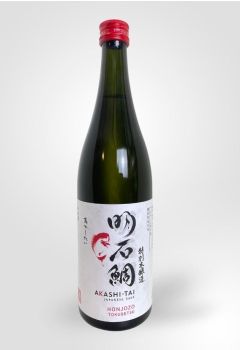
Akashi-Tai Honjozo Tokubetsu Gohyakumangoku, Sake
Traditional Sake
What is MIX6?Add 6 or more bottles of selected wine to your basket to receive the wholesale price.
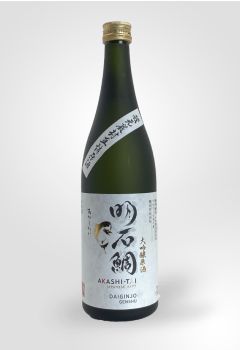
Akashi-Tai Daiginjo Genshu Yamadanishiki, Sake
Serve chilled
What is MIX6?Add 6 or more bottles of selected wine to your basket to receive the wholesale price.
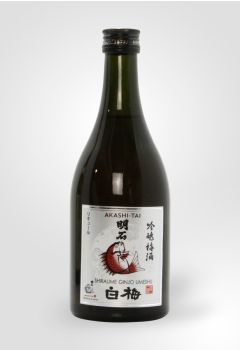
Akashi-Tai Shiraume Ginjo Umeshu (Plum Infused Sake)
Sweet and rich
What is MIX6?Add 6 or more bottles of selected wine to your basket to receive the wholesale price.
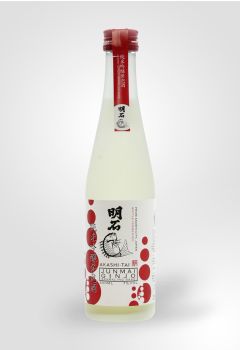
Akashi-Tai Junmai Ginjo, Sparkling Sake
Sparkling Sake
What is MIX6?Add 6 or more bottles of selected wine to your basket to receive the wholesale price.
